Saving energy at home is something that not only benefits the environment, but also our pocket. In Ledkia we want to offer you several ways to reduce energy consumption. Some are simply small gestures, others require a little more effort or investment, but all are more than compensated once put into practice. Here are more than 100 tricks to save money and energy at home.
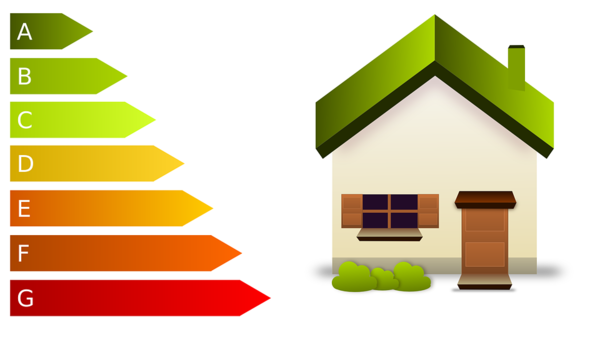
How to save on air conditioning and heating
1. Maintenance is essential and must be performed regularly. Inadequate maintenance can increase consumption between 1% and 2% each year.
2. Keep furniture, curtains, etc. so that they do not block the air vents.
3. If you have to install a new air conditioner, make sure it is energy class A.
4. If you have central heating, close or cover the vents in the rooms you do not use.
5. Use a programmable thermostat to optimize consumption in the hours when we are not at home.
6. In summer, the most advisable temperature is 24-25ºC.
7. In winter, we can keep the house at 20ºC. Each additional degree increases the consumption by 8%.
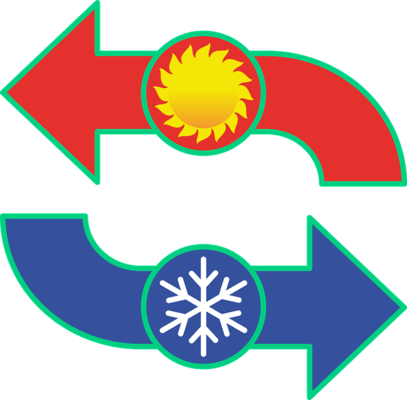
8. This temperature can be reduced to 15-17ºC when we sleep.
9. In rooms that are more difficult to air-condition, use complementary means. Do not give more power to the heating.
10. If the radiators are close to exterior walls, place aluminum foil between them and the wall, it will return the heat back to the room.
11. Awnings, blinds and curtains are very effective to keep the heat out of the house.
12. A ceiling fan, turning counterclockwise will create a nice cool breeze.
13. And, on the contrary, turning clockwise and at low speed, allows to distribute the warm air very effectively.
14. Close exterior doors and windows to prevent leakage.
15. Leave interior doors open to improve air circulation.
16. The air conditioning compressor should be installed outdoors but out of direct sunlight.
17. Regular cleaning of the compressor is also essential.
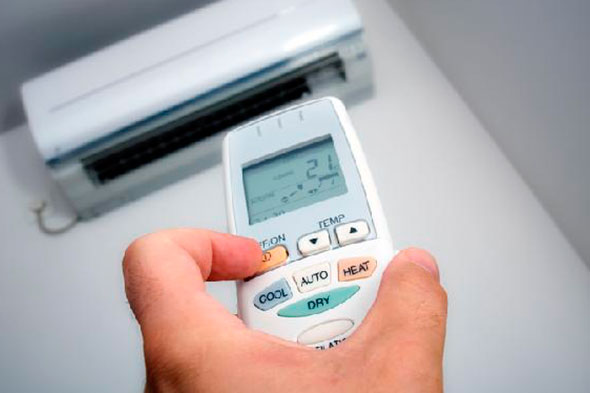
18. Check roofs and floors for water leaks or leaks. If the insulation gets wet, it will be less effective.
19. Improve roof insulation to avoid heat/cold losses.
20. If you have a chimney, close it when not in use.
21. Using carpets improves the thermal insulation of the house.
22. Check that the insulation of the walls is adequate.
23. Block the slots in doors and windows to prevent heat from escaping.
24. During the summer, ventilate the house first thing in the morning or in the evening as the air is cooler.
25. A portable heater or stove can be very useful, but it is inefficient. Limit its use.
26. Use heat-generating appliances during the cooler hours of the day.
27. Install double glazed windows if possible.
Save on water consumption
28. Opt for the shower, it consumes much less than the bath.
29. To go one step further, limit the duration of the shower. Singing in the shower may be great but it’s costing you money.
30. If your heater has a thermostat, regulate the temperature to 40ºC or 45ºC in summer and up to 60ºC in winter.
31. If you keep adding cold water at these temperatures, consider lowering them a little more.
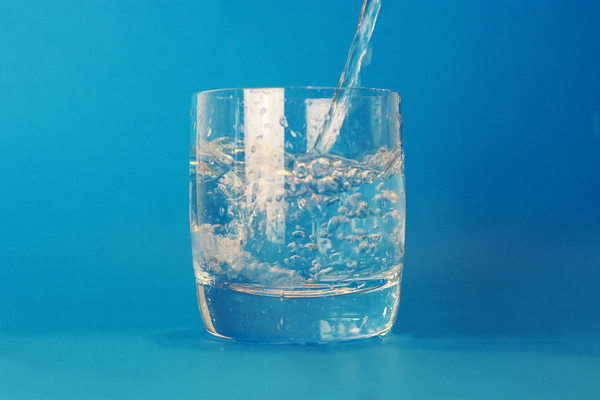
32. The accumulator and pipes must be well insulated.
33. Use a water heater with a capacity that is adequate for the inhabitants of the house.
34. Do not use hot water if it is not necessary, and do not leave taps open.
35. Disconnect the water heater if you are going to be away from home for several days.
36. If your water heater has a timer, use it; if it does not, you can always place one in the socket.
37. Place aerators on faucets and showerheads.
38. Repair dripping faucets.
39. If your water heater does not clean itself, empty it once a year completely. Then turn the incoming water on and off quickly for about 30 seconds. This will remove any sediment that builds up.
40. Opt for solar thermal energy for domestic hot water.
41. If this is not possible, natural gas is a good option.
Lighting savings
42. Switch to LED technology, you will reduce consumption by up to 90% and you will not have to change the bulbs because they fuse for a long time. You can find all kinds of lamps, sconces and bulbs in our online LED lighting store.
43. If you have halogens opt for lighting that works at 220V AC and eliminate transformers. The savings will be much greater.
44. When purchasing new bulbs check that they fit your needs. You will avoid having “too much” light.
45. If you can, opt for dimmable lighting. The light will adapt to the needs of the moment and if we lower its intensity it consumes a little less.
46. Having motion sensors is very useful. Use them where it is easier to leave the light on, such as bathrooms, corridors or balconies.
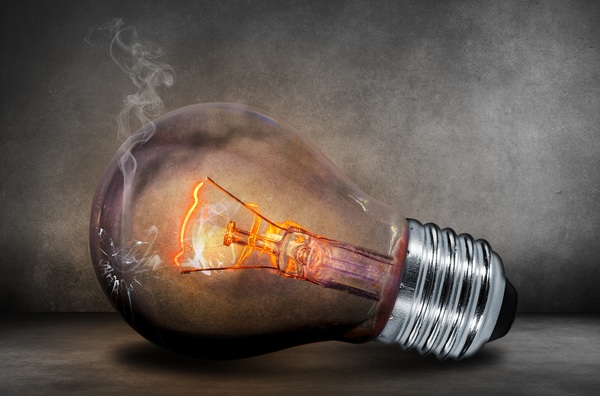
47. Combined with a twilight sensor will prevent them from turning on if there is enough natural light.
48. By using light paint on the walls, you maximize the bounce of light and its distribution.
49. Dust frequently the ceiling lights, wall lights and other luminaires, they will give more light.
50. Eliminate or reduce to the maximum the ornamental illumination, very present in gardens.
Save money by cooking
51. Before cooking, take all the necessary ingredients out of the refrigerator, so it will not lose so much cold.
52. Cut the food in small pieces so that they are cooked before.
53. Do not use pots and frying pans smaller than the fire of the kitchen, heat is lost by the zone that is not covered.
54. Covering pots and pans allows for faster cooking, which translates into less consumption.
55. The pressure cooker can mean a saving of time and money of up to 50%, take advantage of it.
56. Preheat the oven only if it is necessary.
57. To open the oven during the baking reduces the interior temperature and increases the consumption.
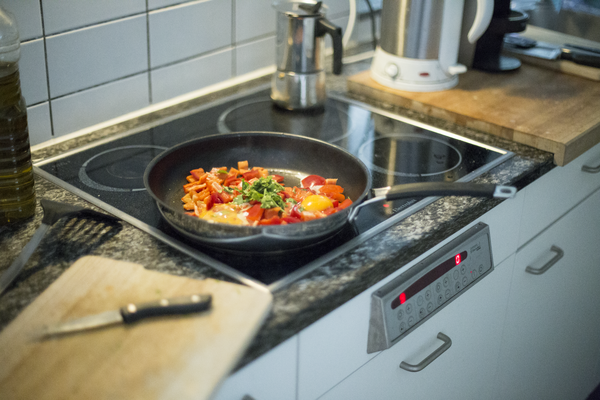
58. Use the oven timer to automate turning off the oven.
59. To heat leftovers it is much better to use the microwave.
60. Turn off the oven or cooktop a few minutes ahead of time. The residual heat will finish cooking the dish.
61. Clean the oven after using it, a clean oven is much more efficient.
62. During the winter open the kitchen door so that the heat that is generated warms the house.
63. Don’t do it in summer or you will spend more on air conditioning.
64. If you have a barbecue, take advantage of it, especially if you have access to free firewood.
Save when using the dishwasher
65. Use the economy or eco mode if it is available.
66. Use the dishwasher if it is full and we will avoid making several small loads.
67. Turn it off when the washing cycle is finished, avoid drying with hot air.
68. A weekly cleaning of the filters will improve its operation.
69. If possible use a dishwasher with a hot water connection.
70. Hand washing with hot water consumes up to 60% more than the dishwasher.
Save on refrigerator consumption
71. If your refrigerator dates from before 1990, replace it as soon as possible. The energy efficiency label was introduced in 1992.
72. Do not open the door without knowing what you want to take, while you are watching the cold air escapes.
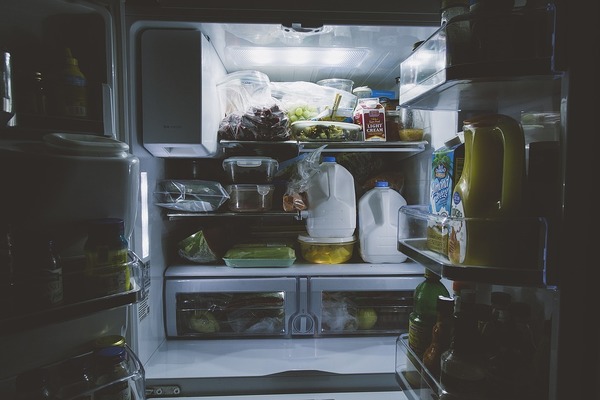
73. Do not put hot food directly into the refrigerator and let it cool down naturally first.
74. Keep the freezer full. Food stays cold longer than air and a freezer loses less cold when opened if it is full.
75. At the same time the refrigerator part of the refrigerator needs air to circulate in order to cool all the products. Keep it full, but not overfilled.
76. Don’t buy more food than you will need and end up throwing it away, you can fill the empty space in the fridge with water bottles.
77. When buying a refrigerator, select one that is the right size for your needs. The bigger the size, the greater the consumption.
78. Periodically clean the rear coil since it is where the heat is dissipated and if it is full of dust it is less efficient.
79. If your unit is not ‘no frost’. Defrost it periodically to remove ice from the walls. Do not let it accumulate more than half a centimeter.
80. Make sure the doors close tightly, it is essential that they maintain the airtight seal.
81. Defrosting the food in the refrigerated area will be cooling the refrigerator without consuming energy.
82. In houses of several heights we must consider if it is really necessary a second refrigerator.
83. Adjust the thermostat to 6ºC in the refrigeration zone and to -18ºC in the freezing zone.
84. Locate the refrigerator far from heat sources such as the oven.
Reduce consumption when using the washing machine and dryer.
85. Use the washing machine at full capacity or you will end up doing many washes with few clothes and wasting light and water.
86. Use cold water for washing. Detergent works just as well.
87. Use short wash cycles.
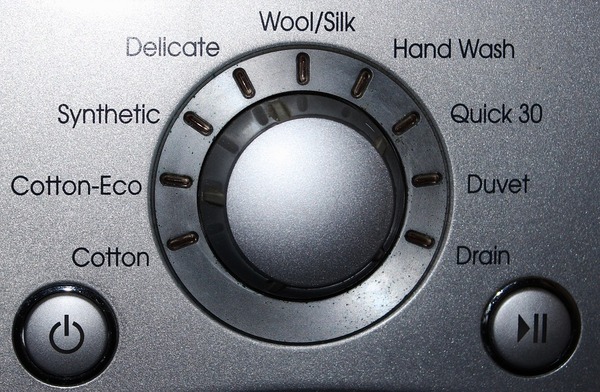
88. If you have stubborn stains you can treat them by hand first and avoid less efficient wash cycles.
89. Reserve the dryer for very thick fabrics such as blankets or quilts. It is much more ecological and economical to use the clothesline.
90. Check the clothes in the dryer. It could be dry before finishing the drying process.
91. Keeping filters clean improves dryer and washing machine performance.
92. Make sure the dryer dissipates heat to the outside, especially in summer, to prevent heat from entering the house.
Other tricks to save energy
93. Always turn off the devices that you are not using.
94. Unplug appliances to avoid standby consumption.
95. With the devices that have battery also unplug the charger when the load has been completed.
96. Use power strips with switches to turn off televisions, blu-rays, etc. in a comfortable and efficient way.
97. Configure the computer to go into hibernation instead of activating the screensaver after a period of inactivity.
98. Iron as many clothes as possible at once and start with the items that need the lowest temperature.
99. Do not leave the default settings on the TV. Most modern models come with the default ‘showroom’ setting which consumes more energy.
100. Use solar chargers for battery-powered gadgets.
101. Use timers in the sockets. They have countless applications and allow you to automate the on/off of any appliance.
Without a doubt, with more than 100 saving tips, we can surely apply a few of them in our home in a simple way and thus reduce our water and electricity bills.


